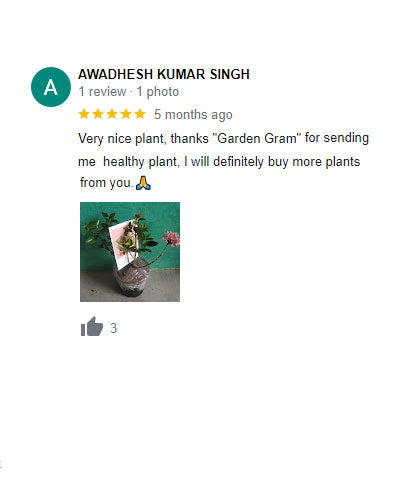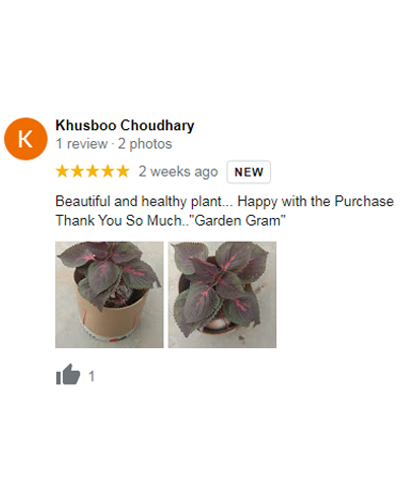Watering Wisdom: How to Efficiently Water Your Garden During Monsoon Months
The monsoon season can bring a refreshing change to your garden, but it also presents unique challenges when it comes to watering. Excessive rain can lead to waterlogged soil, which harms root growth and promotes disease. Conversely, erratic weather conditions can create periods of drought, requiring precise and efficient watering techniques. This guide will give you the wisdom to navigate these challenges and ensure your garden thrives during the monsoon months.
Understanding Your Garden's Needs

Before diving into specific watering techniques, it's essential to understand your garden's unique needs. Different plants require varying amounts of water, and soil types can affect how water is retained. Observe your garden to identify areas prone to waterlogging and those that dry out quickly.
Root Growth and Watering
Healthy root growth is crucial for plant vitality. During the monsoon, roots can suffer from both too much and too little water. Ensure your plants receive adequate hydration without drowning the roots. This balance promotes strong, healthy roots that can better withstand fluctuating weather conditions.
Efficient Watering Techniques

Drip Irrigation System
One of the most efficient watering techniques is using a drip irrigation system. This system delivers water directly to the plant roots, minimizing water loss through evaporation and runoff. Drip irrigation allows for precise control over the amount of water each plant receives, ensuring that your garden stays hydrated without waste.
Soaker Hoses
Soaker hoses are another excellent option for monsoon watering. These hoses slowly release water along their length, seeping directly into the soil. This method reduces water loss and ensures even distribution across your garden. Lay soaker hoses around the base of your plants to keep the soil consistently moist.
Watering Early in the Morning
Watering your garden early in the morning is an effective way to reduce water loss due to evaporation. The cooler temperatures and lower winds at this time help water penetrate the soil and reach the roots. Morning watering also prepares plants for the day's heat, reducing stress and promoting healthy growth.
Mulching to Conserve Water
Applying mulch to your garden beds helps retain soil moisture and reduces water loss. Mulch acts as a barrier, preventing water from evaporating quickly and keeping the soil cooler. Organic mulches, such as straw, wood chips, or compost, also add nutrients to the soil as they decompose.
Managing Excess Water

Improve Drainage
During heavy rains, waterlogged soil can suffocate plant roots and lead to disease. Improve your garden's drainage by incorporating organic matter into the soil, which enhances its structure and water-holding capacity. Raised beds and berms can also help direct excess water away from plant roots.
Utilize Rain Barrels
Rain barrels are a great way to capture and store rainwater for later use. By collecting runoff from your roof, you can conserve water and reduce your reliance on municipal water sources. Use the stored water during dry spells to keep your garden hydrated without wasting water.
Plant Drought-Tolerant Species
Incorporating drought-tolerant plants into your garden design can reduce your overall water usage. These plants are adapted to withstand periods of dryness and require less frequent watering. Examples include succulents, lavender, and certain grasses that thrive with minimal water.
Reducing Weed Growth

Weeds compete with your plants for water and nutrients. By adopting efficient watering practices, you can help reduce weed growth. Targeted watering methods like drip irrigation and soaker hoses deliver water directly to your plants, depriving weeds of the moisture they need to thrive.
By understanding your garden's specific requirements and adopting efficient watering techniques, you can ensure that your plants thrive during the monsoon months. Implementing these strategies will help conserve water, promote healthy root growth, and reduce weed competition, resulting in a lush and vibrant garden.
—---------------------------------------------------------------------
FAQs:
How can I prevent waterlogging in my garden during heavy rains?
To prevent waterlogging, improve your garden's drainage by adding organic matter to the soil and creating raised beds or berms. These methods help direct excess water away from plant roots.
What is the best time of day to water my garden during the monsoon?
Watering early in the morning is ideal as it reduces water loss due to evaporation and prepares plants for the day's heat. This timing also allows leaves to dry quickly, reducing the risk of fungal diseases.
How does drip irrigation help conserve water?
Drip irrigation delivers water directly to the plant roots, minimizing water loss through evaporation and runoff. This precise control over water delivery ensures that each plant receives the necessary amount without waste.
Can mulching help in conserving water?
Yes, mulching helps retain soil moisture by reducing evaporation and keeping the soil cooler. Organic mulches also add nutrients to the soil as they decompose, benefiting plant health.
How can I manage periods of drought during the monsoon?
Utilize rain barrels to capture and store rainwater for use during dry spells. Additionally, incorporating drought-tolerant plants into your garden design reduces the need for frequent watering.
Are soaker hoses effective for monsoon watering?
Soaker hoses are highly effective for monsoon watering as they slowly release water directly into the soil, ensuring even distribution and reducing water loss through evaporation.
What are the benefits of using raised beds in a monsoon garden?
Raised beds improve drainage and prevent waterlogging by allowing excess water to flow away from plant roots. They also help in maintaining soil structure and health.
How do I know if my plants are getting the right amount of water?
Regularly check the soil moisture around your plants. It should be consistently moist but not waterlogged. Adjust your watering schedule based on weather conditions and plant needs.













